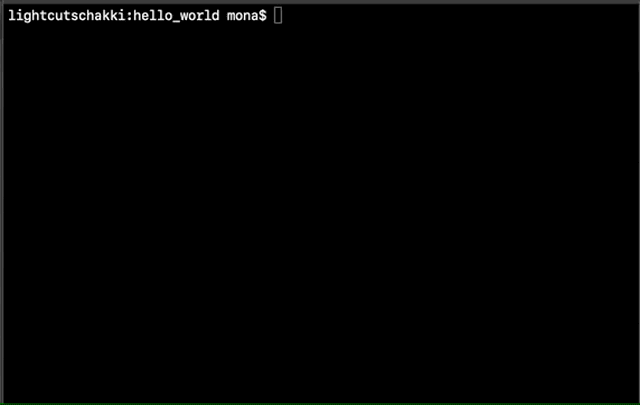Guides overview
This section consists of concise, goal-oriented how-to guides that are designed in a manner to help the user solve specific issues.
Application development
The guides in the application development section are aimed towards developers, who want to built their own blockchain application with the Lisk SDK.
The guides are listed in chronological order, walking the user through the basic steps of developing a blockchain application by using the example of the Hello World app.
Guides overview (application development)
The most important parts of building a blockchain application are described below together with links for each respective guide:
-
The configuration guide covers how to configure a blockchain application and how to modify the default values.
-
The custom transactions guide explains how to add and register a new transaction.
-
In the connect a frontend guide, how to develop a React frontend for a blockchain application is explained.
-
Finally, the launch the app guide describes the steps needed to move from a local devnet to a public blockchain network.
The Hello World app
As an example, the guides use the Hello World app, which contains a very basic blockchain application with one custom transaction and a simple frontend.
This basic example describes a minimal set of code which is required to implement a blockchain application.
If you wish to follow the guides on a 1-to-1 basis, it is recommend to set up the 'Hello World' app as described below.
Alternatively it is possible to start directly with your own use case, or a tutorial, and then refer back to the guides for further detailed information on certain specific topics, as and when required.
To set up the Hello World app, first install the prerequisites, then clone the repository and navigate into it as shown below:
git clone https://github.com/LiskHQ/lisk-sdk-examples.git
cd lisk-sdk-examples/hello_world
git checkout v4Now install all required node modules for the node application by executing the following command below:
npm installThe next step is to spin up the devnet node by executing the following command:
node index.jsIf the setup was successful, it will be possible to view the logs of the node in the terminal.
Once the node is started, it will spin up a local devnet with only one node, and all 101 genesis delegates forging on that node. The delegates will then add a new block to the blockchain, which will also be visible in the logs every 10 seconds.

All remaining topics of the Hello World application are explained further in the dedicated Lisk SDK guides.
Node management
The node management guides are aimed towards administrators and delegates, who operate a node that runs with the Lisk SDK. Each of these guides covers a specific topic of node management, provides examples, and explains the available options.
The most important sections pertaining to the node management are described below:
-
The API access guide explains how to manage the API access to a node.
-
The enable forging guide explains how to enable, check, and disable forging on a node.
-
In the enable SSL guide, the required essential parameters for enabling SSL security are covered, together with an example of SSL configuration.
-
The activate logging guide describes the logging messages, and also the log level destinations and rotations for monitoring or debugging a node.